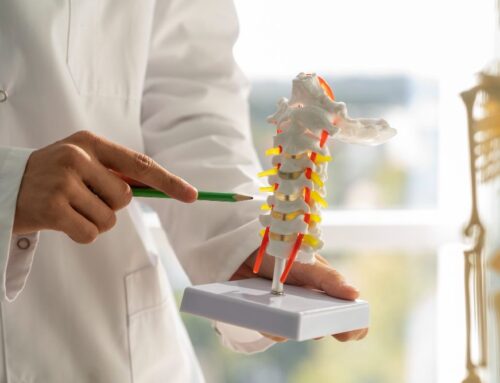Introduction
Scoliosis is a complex spinal condition that affects millions of people worldwide. When diagnosed with scoliosis, patients may experience discomfort, pain, and reduced mobility. To address these issues, surgeons often recommend scoliosis surgery. But how do they evaluate the problems and plan for such a significant medical procedure? In this article, we will delve into the intricate process of scoliosis evaluation and surgical planning, shedding light on the crucial steps that surgeons take to ensure successful outcomes.
Understanding Scoliosis: A Brief Overview
Before we delve into the evaluation and planning process, it’s essential to grasp the fundamentals of scoliosis. Scoliosis is a lateral curvature of the spine that usually occurs during a child’s growth spurt before puberty. The curvature can vary in severity, and in some cases, it may progress and lead to serious health issues if left untreated. Identifying scoliosis early on is crucial to implementing the most effective treatment plan.
Step 1: Comprehensive Patient Evaluation
The journey towards a successful scoliosis surgery begins with a comprehensive patient evaluation. During this step, the surgeon conducts a thorough physical examination and obtains the patient’s medical history. The surgeon will assess the curvature’s magnitude, location, and flexibility to determine the most suitable surgical approach.
Understanding the Cobb Angle
The Cobb angle is a critical measurement used to quantify the degree of scoliosis curvature. It is measured using X-rays and helps the surgeon assess the severity of the condition. The Cobb angle measurement forms the foundation for surgical decision-making.
Step 2: Medical Imaging and Diagnostic Tests
To gain a deeper understanding of the spinal curvature and its impact, surgeons rely on various medical imaging and diagnostic tests. These tests include:
1. X-rays
X-rays provide clear images of the spine’s alignment, enabling surgeons to analyze the curvature in detail. This helps in devising a personalized surgical plan that suits the patient’s unique condition.
2. Magnetic Resonance Imaging (MRI)
MRI scans allow for a closer examination of the spinal cord and nerve roots. Surgeons use this information to ensure the surgical plan avoids any damage to critical neurological structures.
3. Computed Tomography (CT) Scan
CT scans provide 3D images of the spine, offering a comprehensive view of the bony structures. This aids in planning complex surgeries that involve vertebral manipulation.
Step 3: Determining the Surgical Approach
Based on the patient’s evaluation and diagnostic results, the surgeon determines the most appropriate surgical approach. There are different surgical techniques available, including:
1. Spinal Fusion
Spinal fusion is a common surgical procedure for scoliosis. It involves fusing two or more vertebrae together using bone grafts, which ultimately helps to straighten the spine.
2. Rod Placement
In this technique, the surgeon attaches metal rods to the spine, realigning it and maintaining the correct position until the fusion is complete.
3. Bone Grafting
During the surgery, bone grafts are used to stimulate bone growth and aid in the fusion process.
Step 4: Preparing for the Surgery
Before proceeding with the surgery, the patient needs to be adequately prepared. This includes discussing the surgery’s potential risks, benefits, and expected outcomes. The surgical team educates the patient and their family about post-surgery care, rehabilitation, and recovery.
Step 5: The Surgery Day
On the day of the surgery, the patient is admitted to the hospital. The surgical team, including the anesthesiologist, meets with the patient to address any last-minute concerns. The surgery itself can take several hours, during which the surgeon meticulously executes the planned procedure.
Conclusion
In conclusion, evaluating the problems and planning for a scoliosis surgery requires a comprehensive and multidisciplinary approach. Surgeons conduct a detailed patient evaluation, utilize medical imaging and diagnostic tests, and determine the most suitable surgical technique. With advanced technology and surgical expertise, scoliosis surgeries continue to offer hope and improved quality of life to those affected by this condition.





Get Social